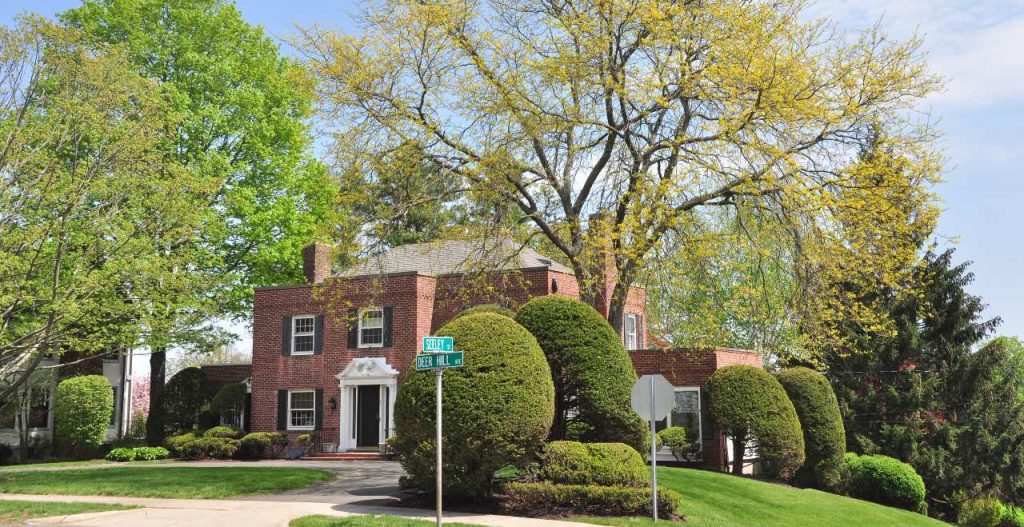Get Expert Financing
- Matched with investor-friendly lenders
- Fast pre-approvals-no W2s required
- Financing options fro rentals, BRRRR, STRs
- Scale your portfolio with confidence
When thinking about mortgages, most people think first of the conventional 30-year fixed rate mortgage, which has a fixed rate throughout the 30-year term of the loan. However, once you start shopping for a home and a mortgage, you might be surprised to discover that there are actually many different types of mortgages, including Adjustable Rate Mortgages, which are commonly known as ARMs.
ARMs are just what they sound like: mortgages with an interest rate that varies or adjusts. The interest rate of an ARM is usually tied to a benchmark like the Prime rate (which is based on the federal fund rate, as set by the Federal Reserve), or the LIBOR (London Interbank Offered Rate, which is based on interest rates offered by banks in London to other banks). For most borrowers, the benchmark used does not create a significant difference when shopping for an ARM.
The main benefit of an adjustable rate mortgage is usually a lower rate at the beginning of the loan, compared to the rates offered on conventional mortgages. This means your mortgage payment may be lower if you get an ARM instead of a conventional mortgage. And, if rates go down while you are paying off your mortgage, your payment may also go down.
The primary drawback of an adjustable rate mortgage is risk. If rates go up, your monthly mortgage payment will also go up – possibly to the point where you can no longer afford the payments and have to default on the loan.
Submit Your Loan ScenarioManaging the Risks of an ARM
The good news is that there are many ways to take advantage of the benefits of an ARM while still managing the risks. Most ARMs have a fixed rate for a few years – you might see them referred to as 5/1, 7/1 or 10/1 ARMS. The first number refers to the years you will have a fixed rate – 5, 7 or 10. The second number refers to the frequency with which the rate will subsequently adjust – in this case, every year.
The fixed rate at the beginning of an ARM is typically lower than the rate of a 15- or 30-year conventional mortgage because you, the borrower, are still taking a risk that rates might go up after the fixed rate period is over. Many borrowers, therefore, opt to refinance their mortgage before the fixed rate period ends. An ARM with a fixed rate period at the beginning of the mortgage can be especially useful for borrowers who plan to sell the property before the expiration of the fixed rate period. However, borrowers run the risk that they may be unable to refinance or sell the property when they want to.
You can also look for ARMs that have periodic and/or lifetime caps, which impose limits on rate increases. A periodic cap limits how much your rate can change during a set period, such as one year. For example, if rates go up 5% but the cap is 3%, the rate on your loan can only go up by 3%. However, rate increases can carry over from previous years so even if rates are flat one year, an increase from a previous year can still be applied. Periodic caps can vary, allowing for a larger increase immediately after the fixed rate period ends, and then imposing smaller limits for subsequent increases.
A lifetime cap limits how much your rate can change over the life of the loan. For example, if rates go up 10% over the life of the loan but you have a cap of 5%, your rate will never be more than 5% higher.
The lower interest rate at the beginning of an ARM mortgage can be very attractive to borrowers. But it’s important to weigh the pros and cons of the different types of mortgages before selecting the one that’s right for you.
Our advice is based on experience in the mortgage industry and we are dedicated to helping you achieve your goal of owning a home. We may receive compensation from partner banks when you view mortgage rates listed on our website.


